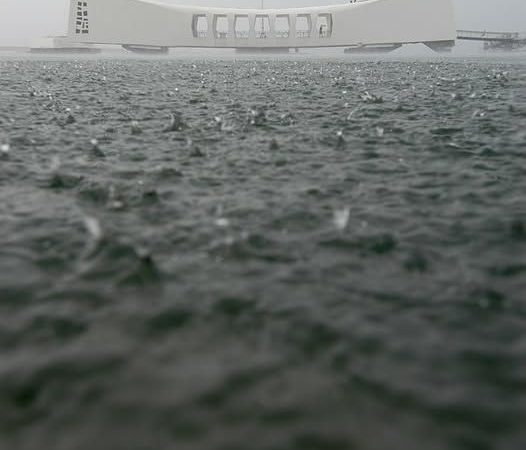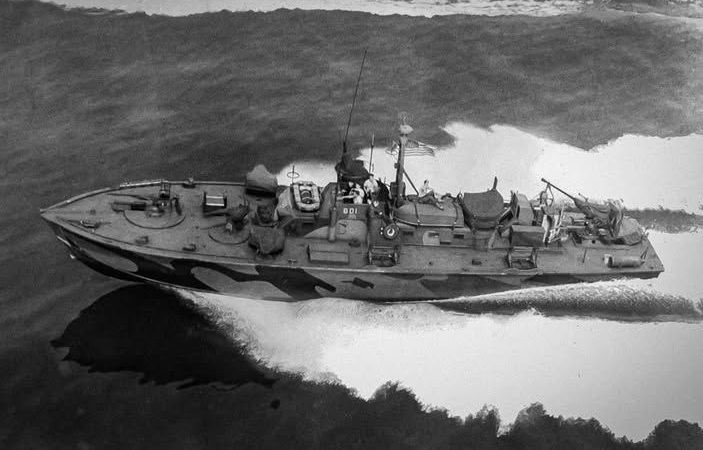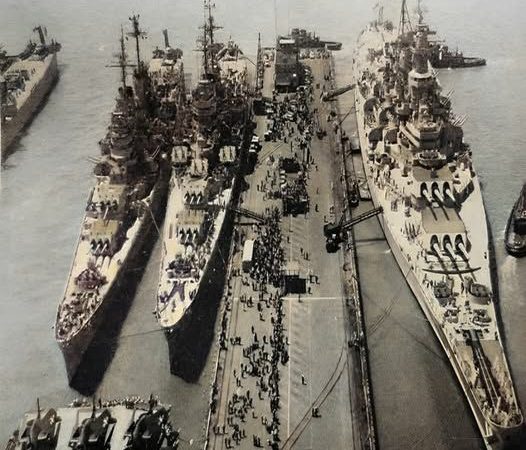USS Lexington (CV-2): The Mighty Aircraft Carrier Anchored Off Oahu in 1932
On February 16, 1932, the iconic aircraft carrier USS Lexington (CV-2) cast anchor off the coast of Oahu, Hawaii, marking a notable moment in naval history. As the U.S. Navy’s first large aircraft carrier, the USS Lexington was a symbol of American naval innovation and power during the early 20th century.

Commissioned in 1927, the USS Lexington was a member of the Lexington-class carriers, renowned for their impressive size and capabilities. Her visit to Oahu, a strategic location in the Pacific, was part of a broader effort to showcase American naval strength and readiness. At the time, Oahu was an essential base for the U.S. Navy, serving as a key point for operations and a hub for fleet activities in the Pacific.

The USS Lexington, affectionately known as the “Lady Lex,” was equipped with advanced aviation technology for its era, including a flight deck capable of launching and recovering aircraft. This cutting-edge design allowed the carrier to project naval air power far beyond traditional battleship range, revolutionizing naval warfare and strategy.

Her anchoring off Oahu in 1932 was not just a routine port call but a demonstration of American naval prowess and a statement of the U.S. commitment to maintaining a strong presence in the Pacific. The visit highlighted the growing importance of aircraft carriers in naval operations, foreshadowing their pivotal role in the upcoming global conflicts.

The USS Lexington’s presence in Hawaiian waters was a testament to the evolving nature of naval power and the strategic foresight of the U.S. Navy. It underscored the Navy’s preparedness for potential challenges in the Pacific region, a crucial factor as tensions would soon escalate towards World War II. The ship’s legacy continued to influence naval strategy and carrier design, shaping the future of naval aviation and maritime warfare.




